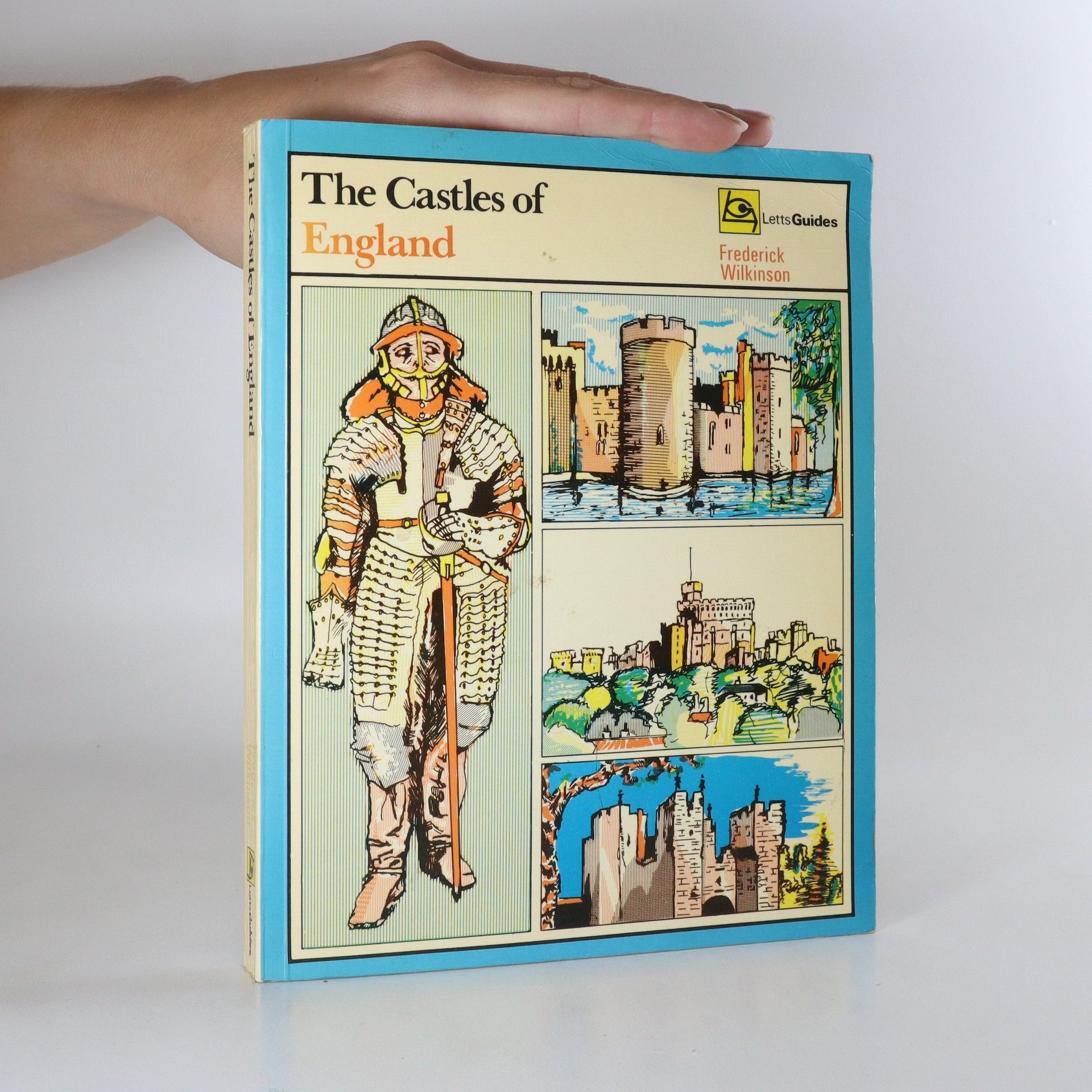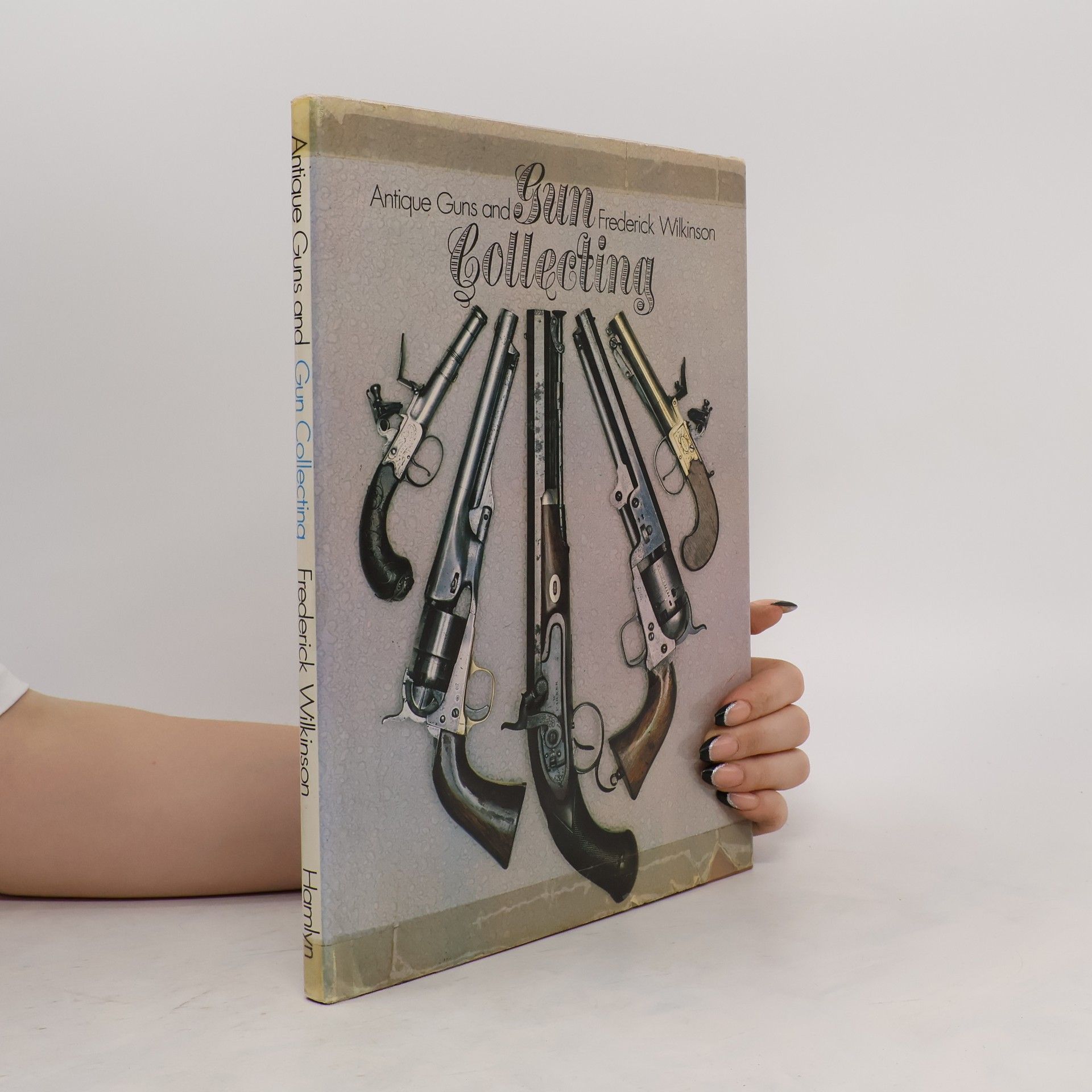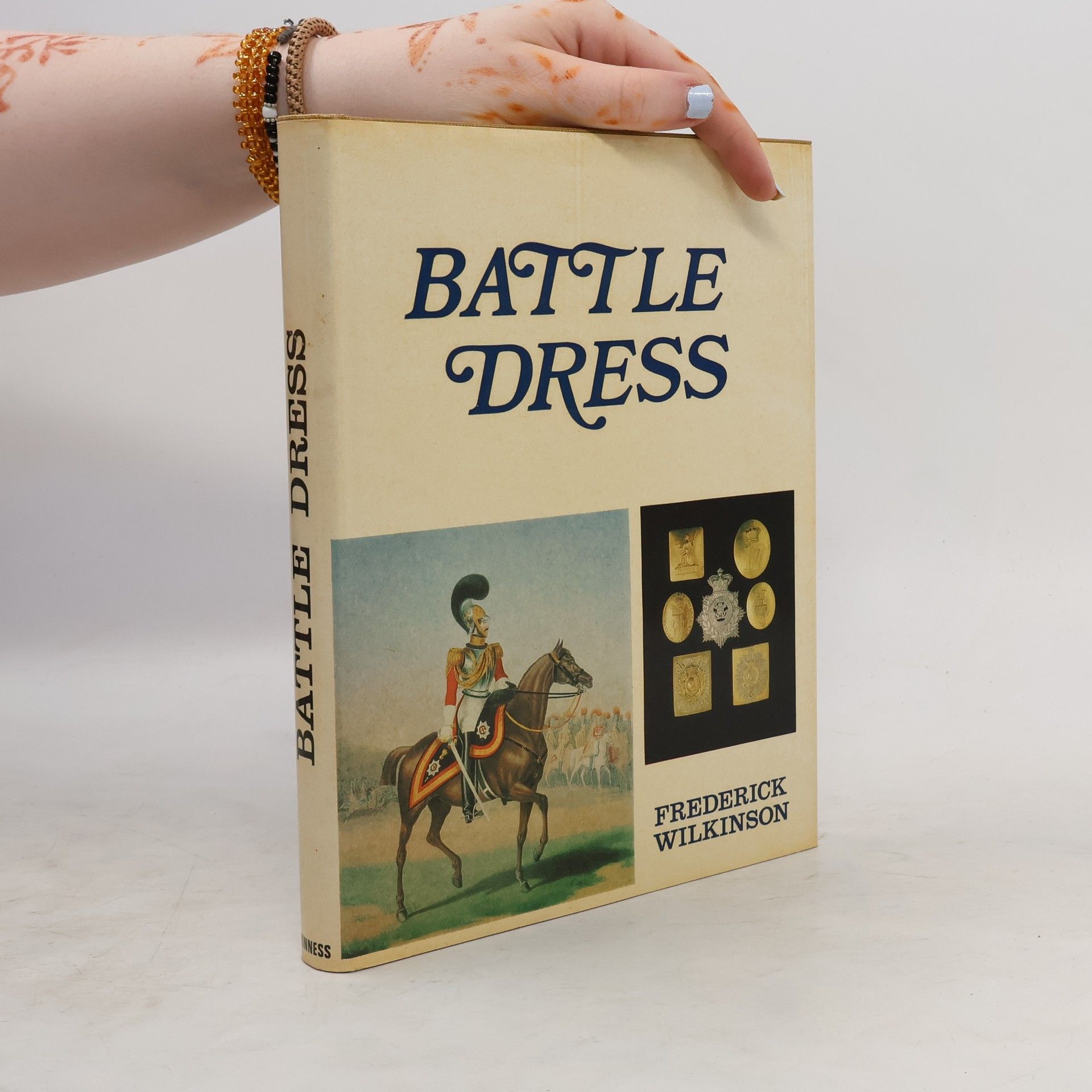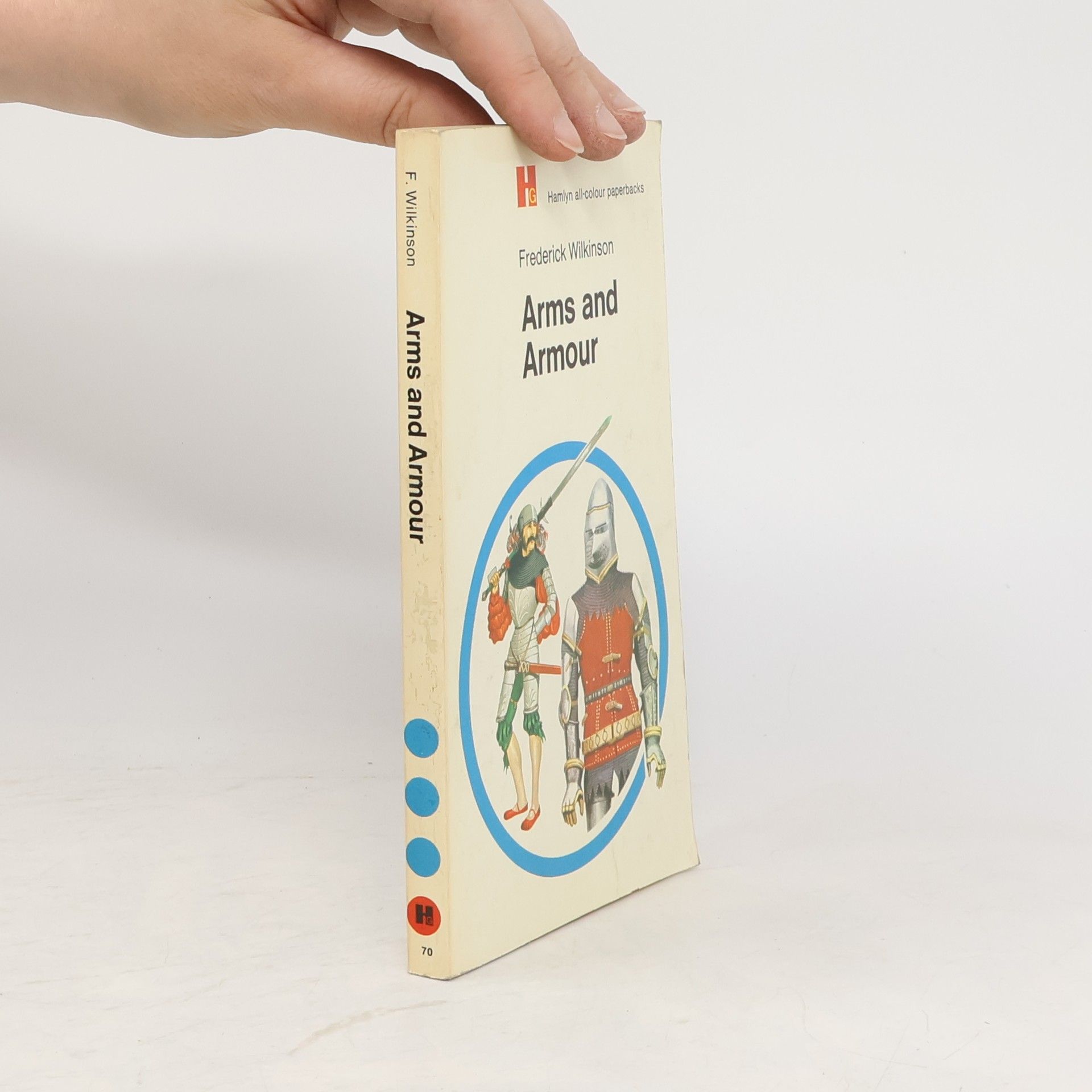Arms and Armour
- 159 pages
- 6 hours of reading
Traces the history of armor and edged weapons in Europe from ancient times through World War II. Also includes sections on North America, Africa, and Asia.






Traces the history of armor and edged weapons in Europe from ancient times through World War II. Also includes sections on North America, Africa, and Asia.
Previous owners stamps inside. 256 page reference with many illustrations.
Wilkinson outlines the development of the handgun, from rudimentary beginnings to the revolutionary designs of Samuel Colt to today's high-precision weapons.
Large Hardcover. 192 pp. Describes the pistol's evolution and use both as a weapon of war - valued alike by horsed cavalrymen and tank crews - and of peace, or 'peace with honour' in the duellists' view. Illustrated with 250 pictures, many in color.